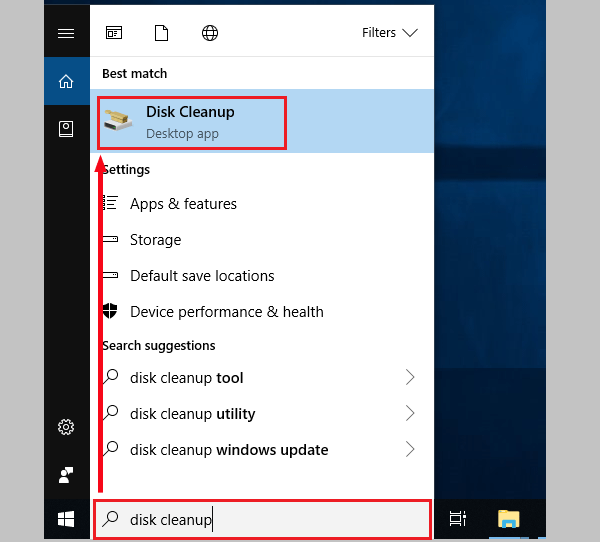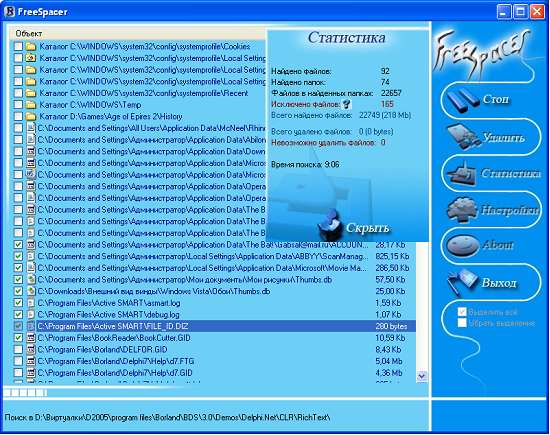

- #Windows clean disk how to
- #Windows clean disk install
- #Windows clean disk drivers
- #Windows clean disk driver
It may be useful if the user wants to roll back drivers to a previous version.
#Windows clean disk driver
“Device Driver Packages” – data of old versions of drivers. These files are practically unused by typical users so that you can delete them in most cases. These files may be useful for diagnosing computer problems. “Memory dump files for system errors” – information recorded by the system about errors in automatic mode. Unmodified files for users who are not updating their system may still be needed to roll back updates.

“Update Log Files” – the installation files for the latest Windows updates. This data pack is significant for those who want to keep the function of resetting their system to factory defaults with the installed applications and files saved. The approximate size of the files can be as large as five gigabytes. “Windows Installation Temporary Files” is the data needed to restore your computer to its original state. If such features are important to the user, they should not be deleted: As a rule, such data is used to recover and roll back the system or to reset the OS. If you delete particular data with the “Disk Cleanup” function, some functions and parameters may not be available to the user. Files that may affect Windows operation or features if deleted. Once you have specified the files to be deleted, you can start cleaning up the drive using the “OK” button. The amount of deleted information will be shown in the “Total amount of disk space” column. In the window that opens, the user can check all files that can be cleared. Important: To go to this item, the current user record must have administrator rights. To completely clear the partition, press “Clean up system files”. If you press the second button, the location of files in the explorer will be opened. If you click on the first one, a menu opens where you can delete temporary system files.

Read more: No files open after recovery - what to do? In addition, there are “Clean up system files” and “View Files” buttons. In the disc cleanup menu, you can read and check the data ready for deletion. In the new window, select the drive to which you want to apply the cleaning. To perform it, just right click on the “Start” menu, select “Run” (you can also call it by pressing Win+R), and in the window that opens enter the command “cleanmgr.exe” and press “OK” There is also another way to enter the “Disk Cleanup” feature. To go to the cleaning menu, click on the button. In the opened window on the “General” tab, right under the drive filling diagram, you can find the “Disk Cleanup” button. In the context menu that will open, select “Properties” Go to the folder “My Computer” or “This PC”, and then find the disk to which you want to apply the cleaning function and right-click on its icon. To start the “Disk Cleanup” function, you need to:
#Windows clean disk install
“Disk Cleanup” allows you to quickly erase the data, but it can also delete some of the files that can be used to roll back and restore the system or install some updates.īelow we will give you examples of such files and other data that may be useful for some points in your computer’s operation. Files that may affect Windows operation or features if deleted.īuilt-in Disk Cleanup feature in Windows has been specially added by the operating system developers to free up space on the drive from temporary files and unnecessary information that accumulates on the drive while the system is running.
#Windows clean disk how to


 0 kommentar(er)
0 kommentar(er)
